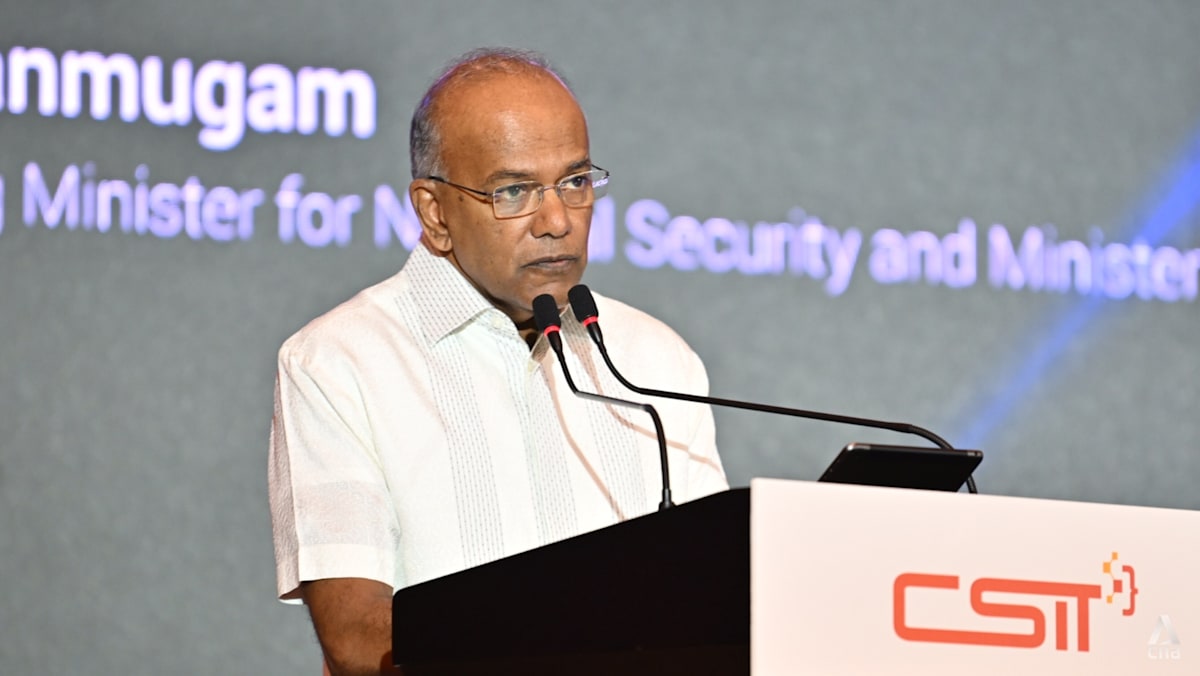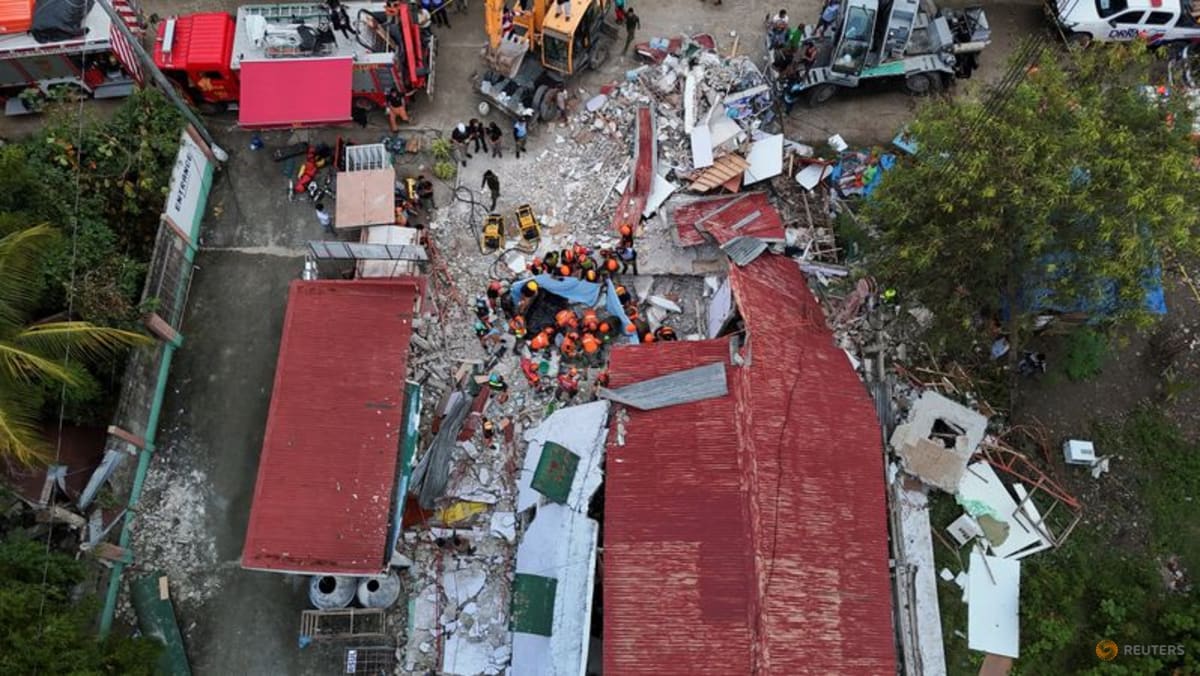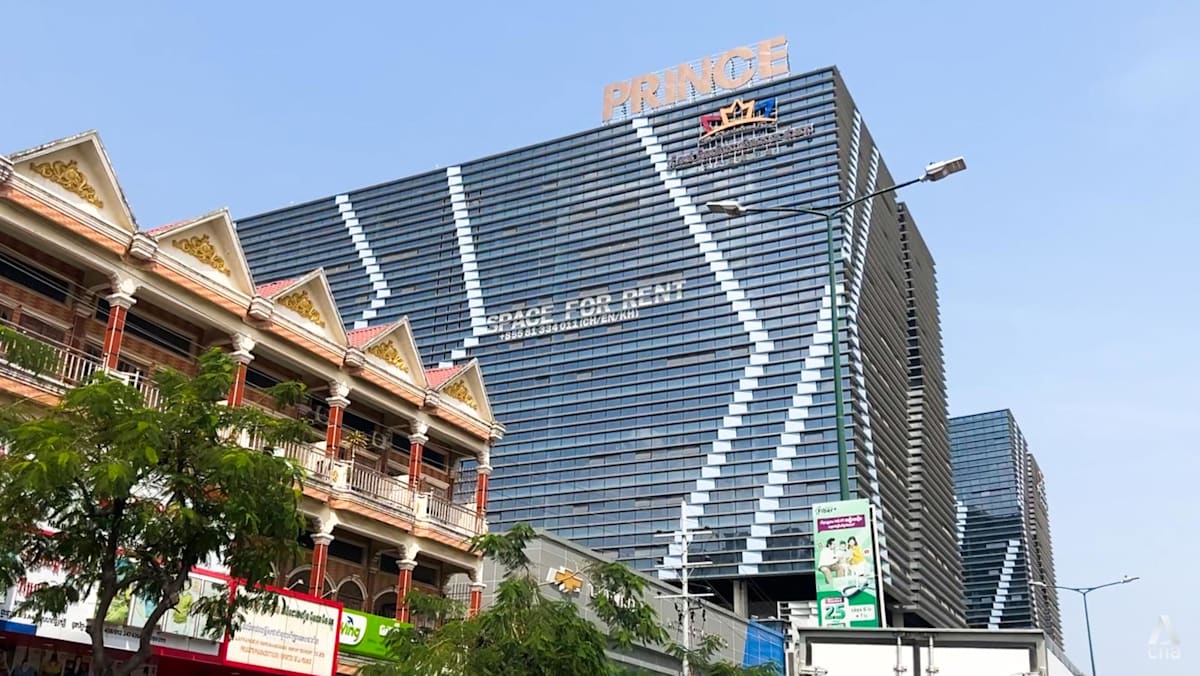Apart from APTs, there are also other forms of digital threats, such as ransomware, digital scams and many that leverage artificial intelligence (AI).
“Challenges are continuing to grow, and it’s very clear we all have to up our digital defence. It’s a critical priority,” said Mr Shanmugam.
He also spoke of the need for collaboration to uncover the activities of attackers.
To this end, the Digital Defence Hub will work with and support government agencies such as the Cyber Security Agency with its technical expertise to monitor and investigate APTs targeting Singapore’s government systems and critical infrastructure.
This will be done through cyber threat research; malware analysis; threat hunting to proactively search for previously unknown or ongoing cyberthreats in organisations’ networks; and red teaming, which involves simulated cyberattacks on computer systems.
For malware analysis, CSIT developed its Automated Malware Analysis and Attribution System (ACUBE) that significantly reduces the time taken to analyse malware.
It also has a threat detection system that uses CSIT’s threat insights for effective detection and proactive hunting of cyber threats across networks.
CSIT’s chief executive Darren Teo noted that close collaboration with industry partners is essential as the digital and cyber space is vast and globally interconnected.






